Perennials
The flowers are small, yellow and produced in dense heads surrounded by very attractive variegated bracts. The leaves are beautifully margined in pure white and last in good condition for a surprisingly long time. Makes solid clumps. 15 to 20cm. March / April. Good in sticky clay in part shade. Poor in drier sandy soils. When it was still a rare thing, we were fortunate to be given a large clump by a friend in Sweden.
One of the largest species with long spikes of pink "bottlebrush" flowers. Large, grey-green marbled leaves and curious woody trunks. To 120cm. Well-drained soil in sun or part shade. May not be fully hardy. Very few.
Many spikes of pure white flowers produced in late May and June. Large and vigorous plant with leaves and habit typical of the species. 30-45cm. Any soil in sun or part shade.
Spikes of sweetly-scented, pure white flowers in late Summer to Autumn. Fresh green leaves. Vigorous to 60cm. Part shade in a damper position.
Each narrow leaf is margined with cream. Spikes of white flowers in April/May. Hardy, tough, evergreen subshrub to 30cm. Can occasionally revert to green. Found by Stephen Taffler.
Relatively large flowers in shades of pale blue in May and June. Fans of pale green leaves. Easy and can seed around but the rhizomes must be above ground. Grows to 40cm. Very dry sun or shade.
Clusters of pure white flowers at least 1cm wider than any other white form carried on long climbing stems. Sterile. Paired leaflets. To 2m. Any soil in sun or part shade. Summer. Good grown through shrubs.
Differs from the typical plant in the much richer darker red flowers produced in heads in the upper leaf axils. L. rotundifolius is usually brick red and has larger flowers with fewer flowers per head. Pale green bifoliate leaves. Climber to 2m and I find it easier and more vigorous than typical L rotundifolius. Dies down completely by August. Well-drained soil in sun. June / July. Early summer.
The flowers start fully double and pale green and as they grow and expand, the petals get yellower and yellower. Very swetly scented. July and August. Glossy green leaves on upright stems to 90cm. Sun or part shade.
Amazing pale yellow flowers like 5-pointed stars with a central proboscis looking like pouting lips. Very narrow grey-green leaves. Clumping and running but dodging here and there between other things. To 45cm. From July to frosts. Very well-drained soil in full sun. A curious and unusual form of a British native found in the 1960s.
Brilliant blue flowers set on a long, narrow, leafy spike. Narrow, pale green leaves. Fully deciduous and very hardy. 75-90cm. Any moist soil in sun or part shade. September/October. Collected in Yunnan, China, in 1987. Often changing to brilliant yellow Autumn colour whilst in bloom.
Rounded heads of very pale lavender to white, strongly scented flowers. Serrated-edged, triangular leaves and interesting seed-pods which are pointed at each end. 75cm-1m. Any soil in sun or part shade.Very hardy. April to June. It grows in the wild in shady moist woods and gorges. A lovely plant in leaf, flower, or fruit. Here, it grows well in horrible dry shade.
Brilliant rose pink flowers produced in long succession in June and July. Densely grey-hairy leaves and stems. Clump-forming. Good perennial to 90cm. Full sun and dry. Found in Janet Cropley's garden in Northamptonshire.
Flowers are pale lilac. Perennial plant, grows upto 1 meter tall, flowers July through to August.
Long, loose spikes of bright blue flowers a little smaller than in O. cappadocica. Long, narrow, shiny, dark green, evergreen leaves with brownish petioles. Clump-forming and will seed around. 20-30cm. April to June. Any soil in sun or part shade. Very hardy.
Many spikes of pure white, Arabis-like flowers produced to very striking effect. Forms solid clumps of rounded green leaves. Fully evergreen. 30-45cm. Any soil. Especially good in horribly dry, part shade. Seeds around. Will do in the worst spots.
Small heads of pale pink to white flowers produced on very thin stems in the upper leaf axils. The lyrate leaves are amazing with rings of green, brown, purple and brilliant silver. Greener in Summer. Forms large clumps to 75cm. July /August. Damper soil in sun or part shade. When it flowers, or if it threatens to get too big, give it a severe haircut, it won't mind in the slightest. A superb new plant from Bob Brown.
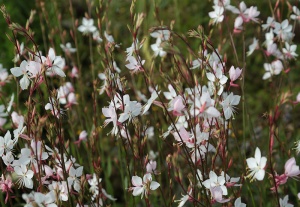
.jpg)

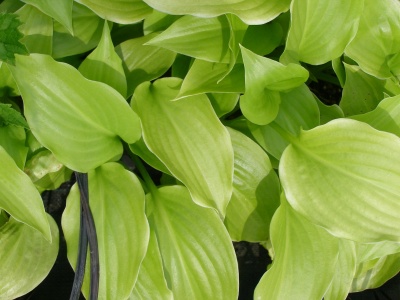
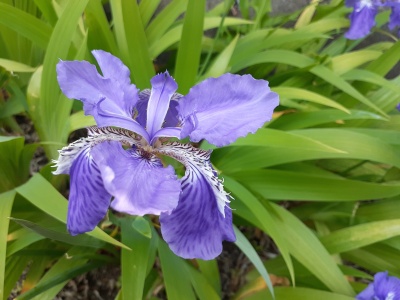
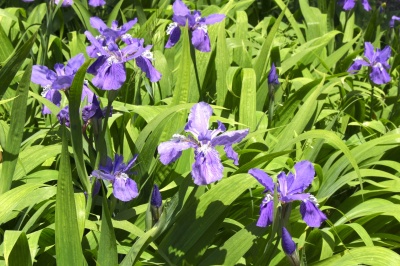
.jpg)
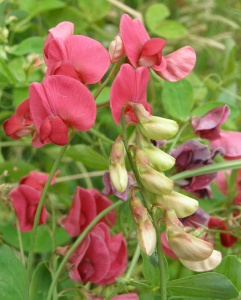
.jpg)
.jpg)
.jpg)
.jpg)
.jpg)
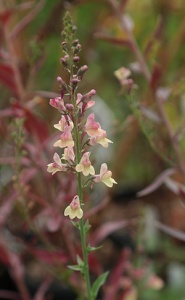
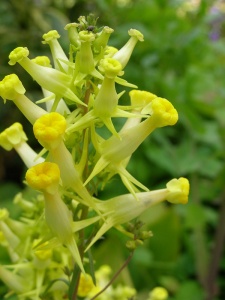
.jpg)
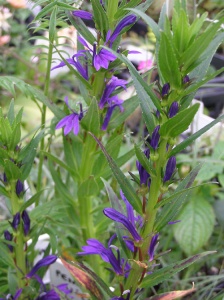
.jpg)
.jpg)
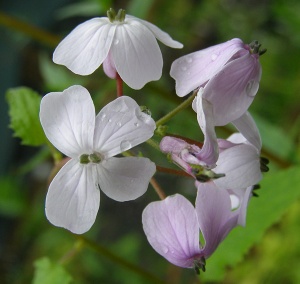
.jpg)
.jpg)
.jpg)
.jpg)
.jpg)


.jpg)
.jpg)
.jpg)
.jpg)
.jpg)

.jpg)
.jpg)

.jpg)
.jpg)
.jpg)
.jpg)
.jpg)